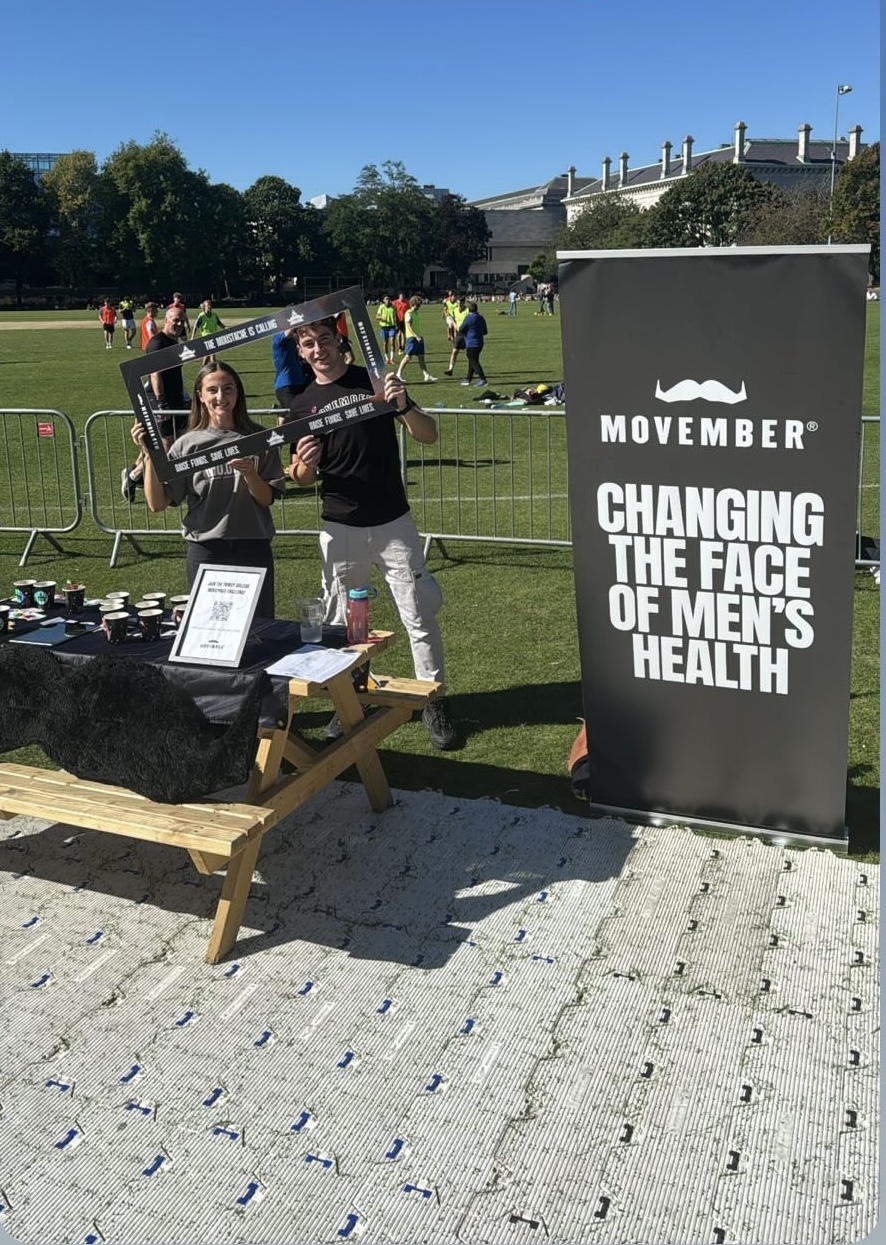With World Cancer Day having taken place in the month past, now is an opportune time to think about heath and illness prevention. A report released recently by the International Union Against Cancer claims that 21% of all cancers are due to an initial bacterial or viral infection. Human papilloma virus for example, is the leading cause of cervical cancer worldwide and both stomach and liver cancer often stem from an initial case of hepatitis. Experts constantly insist that in the region of 40% of cancers are preventable by adapting a healthy lifestyle.
But what is a “healthy lifestyle”? Has it become a mere cliché like the “five a day”, or drinking buckets of water? From childhood to adulthood, here are some useful tips to attain the fabled; healthy you.
Vaccinations are the first and most effective preventative step. These include hepatitis A and B, diphtheria, tetanus, pertussis, varicella and polio. Young females are strongly recommended to avail of the cervical cancer (human papilloma virus) vaccine which is currently being rolled out in the Republic.
Your body mass index (BMI), which can be easily calculated online, is a good indicator of healthy body weight and ideally should be between 18-25.
If you think cholesterol levels are the subject of adulthood and old age worries, think again: the American Academy of Pediatrics suggest children at high risk of heart disease, as young as 8, should consider cholesterol-lowering drugs. The US Preventive Services Task Force says men should have their cholesterol checked regularly after age 35 and women, after 45. Among the latest recommendations for disease prevention, blood-pressure screenings are available for all adults over 18, as well as cervical-cancer screenings for all sexually active women.
Repetitive as it may sound, don’t forget your diet! Whatever your age, strive to eat healthy now, you’ll reap the benefits later on. Experts from the American Heart Association assure us a healthy diet should be a priority from early in life – not just early in the day. This comprises whole grains, vegetables and fruits, with limited quantities of juice and low levels of fat, salt and added sugars.
Students often find the task of preparing their own meals daunting. Well, single ingredient foods are preferable to multi-ingredient foods, which tend to be packed full of nasty additives and scary preservatives. In addition, here’s a general rule: don’t eat anything that glows in the dark. A packed wholesome snack to keep in your bag isn’t as hard to organise as you think. Healthy foods should include plenty of vitamins and minerals, the superheroes of all foods! It is a known fact that many women don’t get enough calcium, which puts their bones at risk. For older adults, vitamin B12 is highly recommended. In the US, vitamin D deficiency is common and, at the same time, a growing body of evidence highlights the benefits of getting enough vitamin D. In fact, it may reduce the risk of developing multiple sclerosis, diabetes, cancer, heart disease and flu. The best source of vitamin D in sunlight as our bodies produce it naturally upon exposure.
At least one hour of exercise per day is recommended and luckily, this doesn’t necessarily entail gym work. Skipping (not literally), up the stairs to your locker in the Arts Block or to the library in the Hamilton all count. Ideally, the amount of time devoted to physical activity should be roughly 2.5 to 5 hours of moderate cardio, or 75 minutes to 2.5 hours of intense cardio, each week, in addition to basic weight training twice a week. If this seems like a far off goal, start by devoting half an hour a day to a physical activity you really enjoy, and no, power walking to the pub doesn’t count, tempting as it may seem! As the years go on, physical exercise becomes important not only to prevent chronic illness, but also to keep the brain sharp and promote emotional well-being, especially since middle age is often associated with depression.
Struggles with physicality and mental health are all too common in people of all ages.
If one considers issues such as depression, anxiety, eating disorders, as well as drugs, alcohol, tobacco and sex, the student life is all-too-often a minefield. Avoiding the common pitfalls is all about communication; whether it be with family, friends or even a stranger. Talking helps. Fact. Social connection, with friends or family or within the community, helps keep a mind healthy. Isolation should indeed be avoided and put in a corner, alone. Young adults should be particularly aware of their psychological well-being. If you recognize the need for external help, the Student Counselling Service can be contacted at [email protected].






